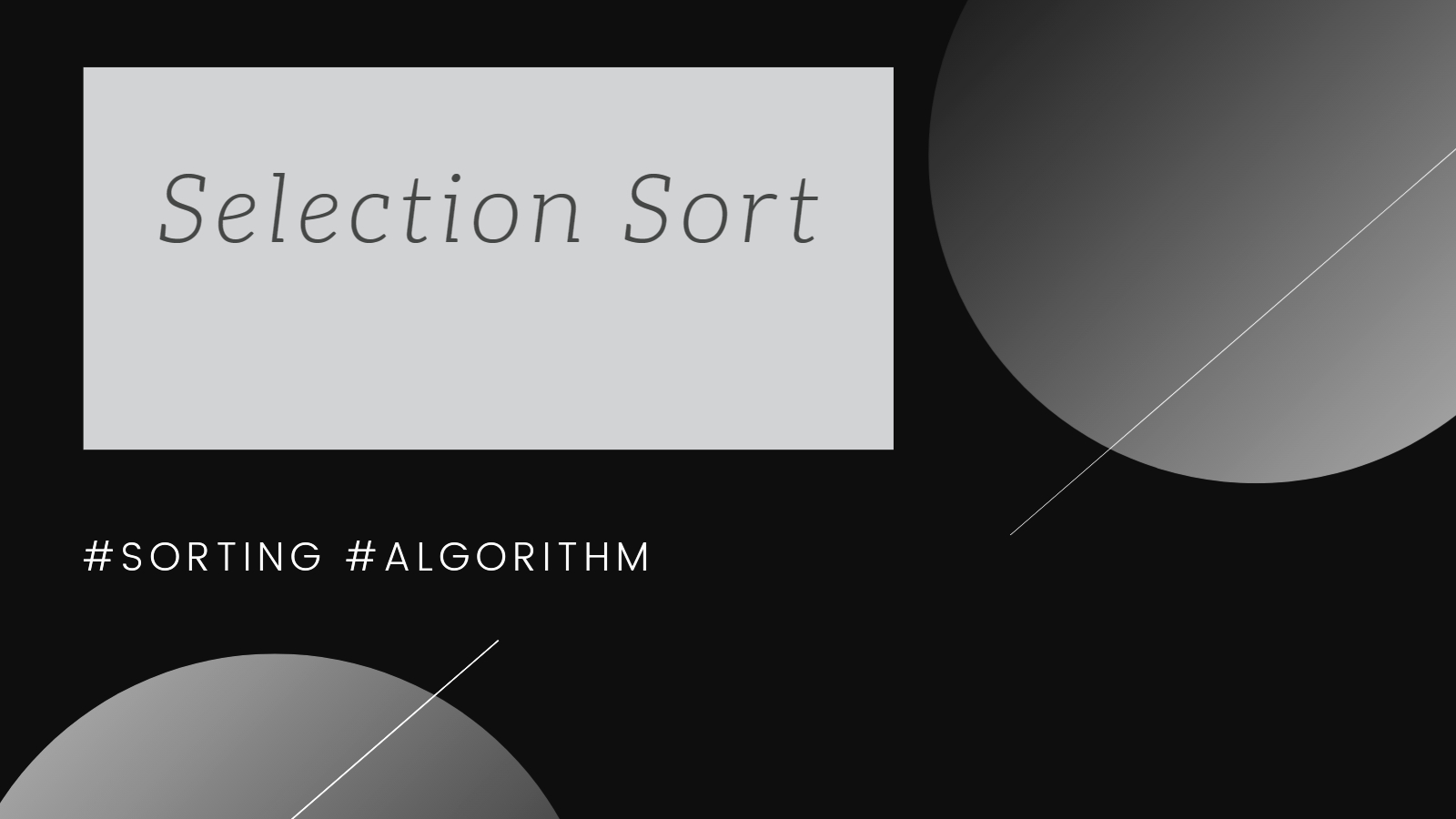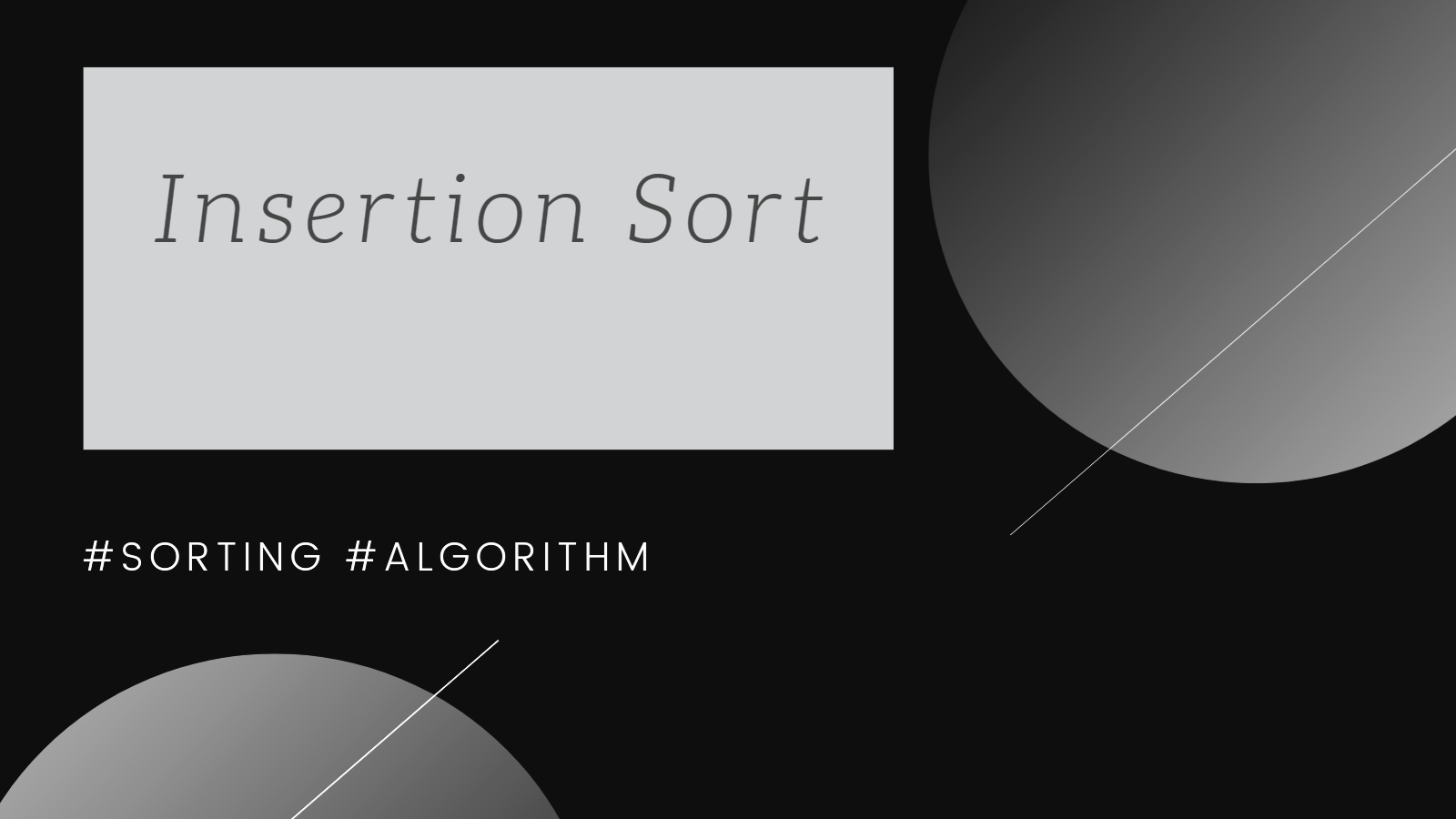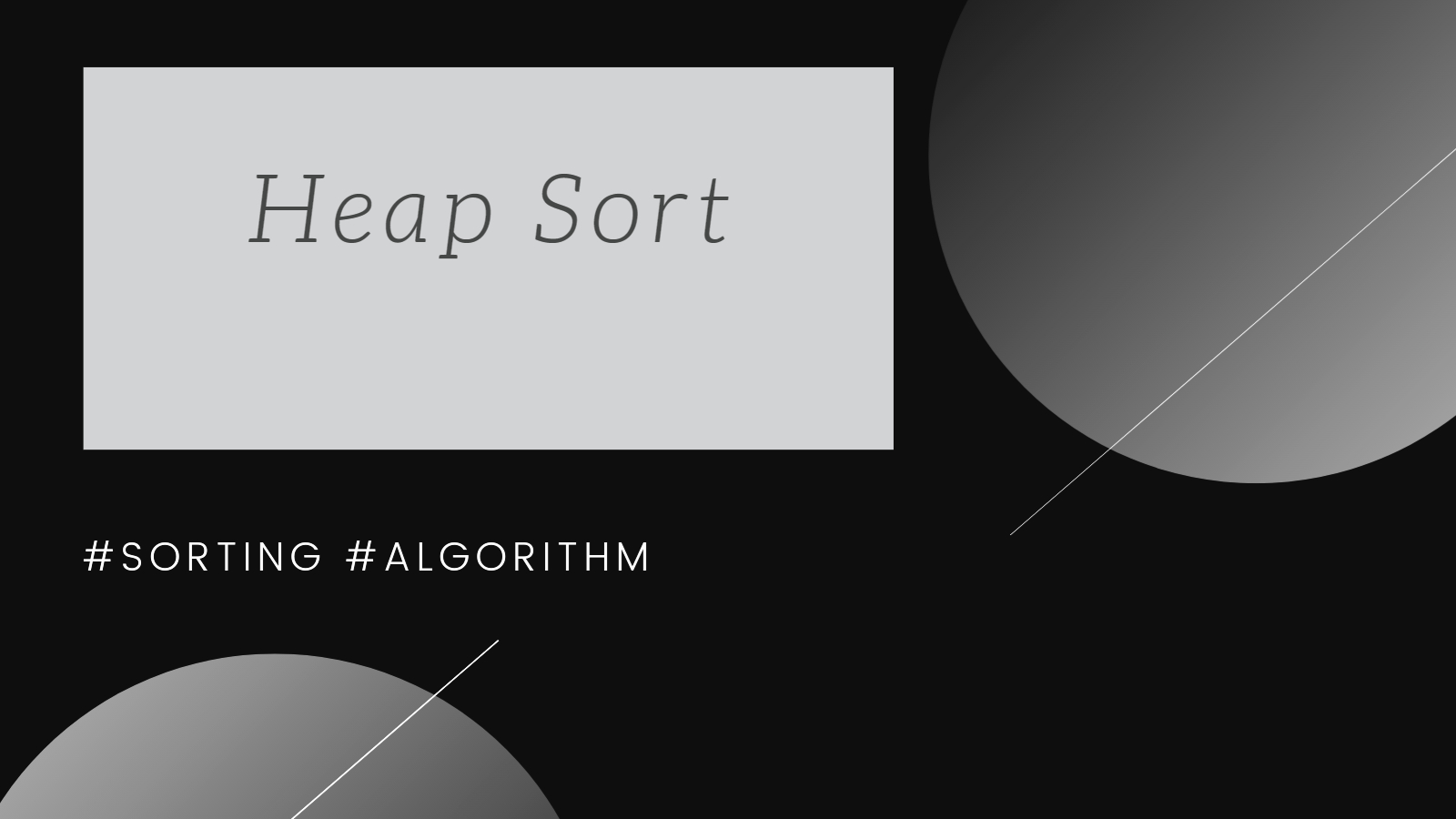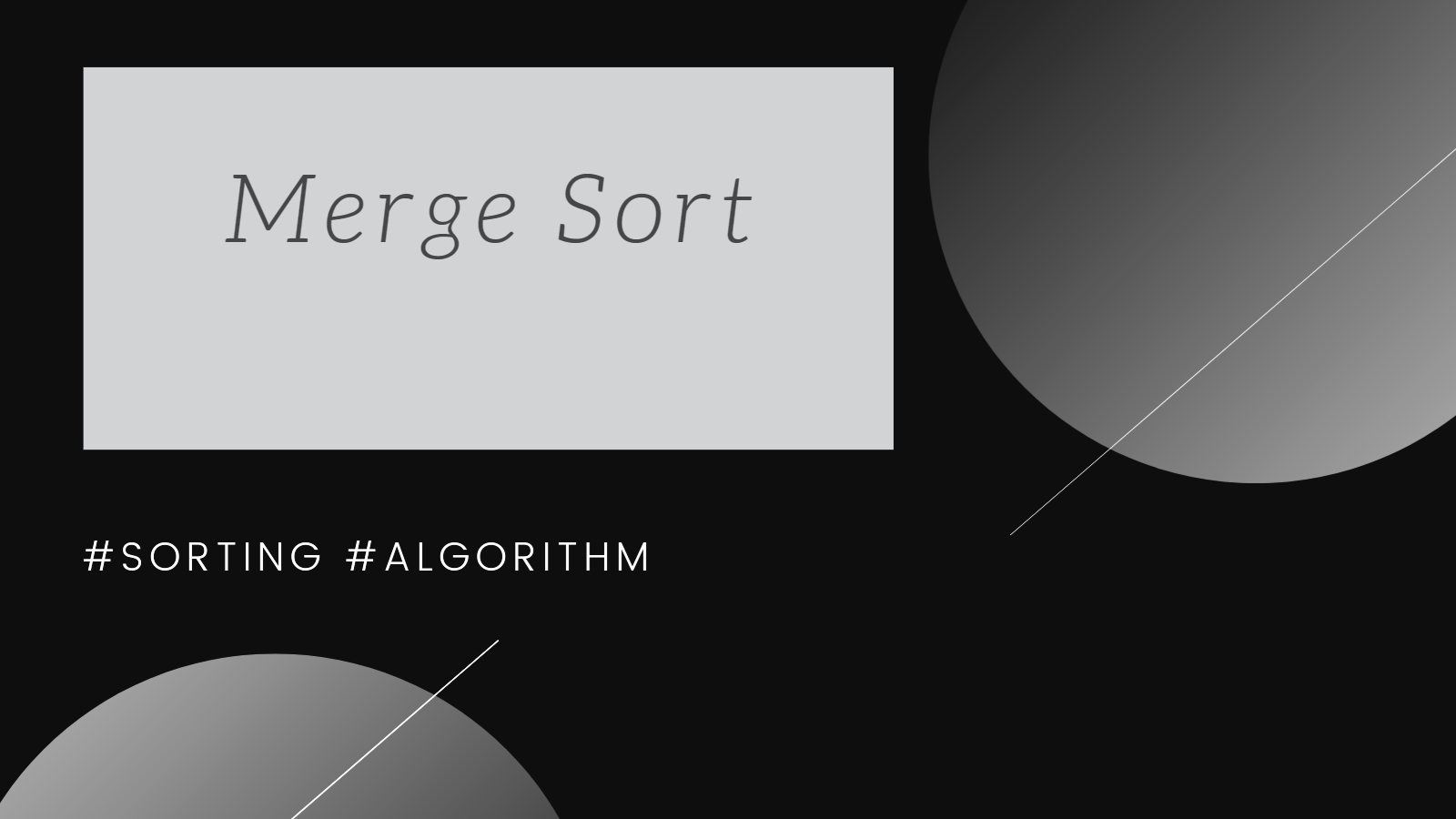
Selection Sort
- It finds the smallest element in the array and place it on the first place on the list
- Best Time Complexity -: O(n2)
- Worst Time Complexity -: O(n2)
- Average Time Complexity -: O(n2)
- Space Complexity -: O(1)

Insertion Sort
- It is a very simple sort method which is used to arrange the deck of cards while playing bridge.
- Best Time Complexity -: O(n)
- Worst Time Complexity -: O(n2)
- Average Time Complexity -: O(n2)
- Space Complexity -: O(1)

Bubble Sort
- It is the simplest sort method which performs sorting by repeatedly moving the largest element to the highest index of the array.
- Best Time Complexity -: O(n)
- Worst Time Complexity -: O(n2)
- Average Time Complexity -: O(n2)
- Space Complexity -: O(1)

Quick Sort
- It work by using divide and conquer approach.
- Best Time Complexity -: O(nlog n)
- Worst Time Complexity -: O(n2)
- Average Time Complexity -: O(nlog n)
- Space Complexity -: O(log n)

Heap Sort
- In the heap sort, Min heap or max heap is maintained from the array elements depending upon the choice and the elements are sorted by deleting the root element of the heap.
- Best Time Complexity -: O(nlog n)
- Worst Time Complexity -: O(nlog n)
- Average Time Complexity -: O(nlog n)
- Space Complexity -: O(1)

Merge Sort
- Merge sort follows divide and conquer approach in which, the list is first divided into the sets of equal elements and then each half of the list is sorted by using merge sort.
- Best Time Complexity -: O(nlog n)
- Worst Time Complexity -: O(nlog n)
- Average Time Complexity -: O(nlog n)
- Space Complexity -: O(n)